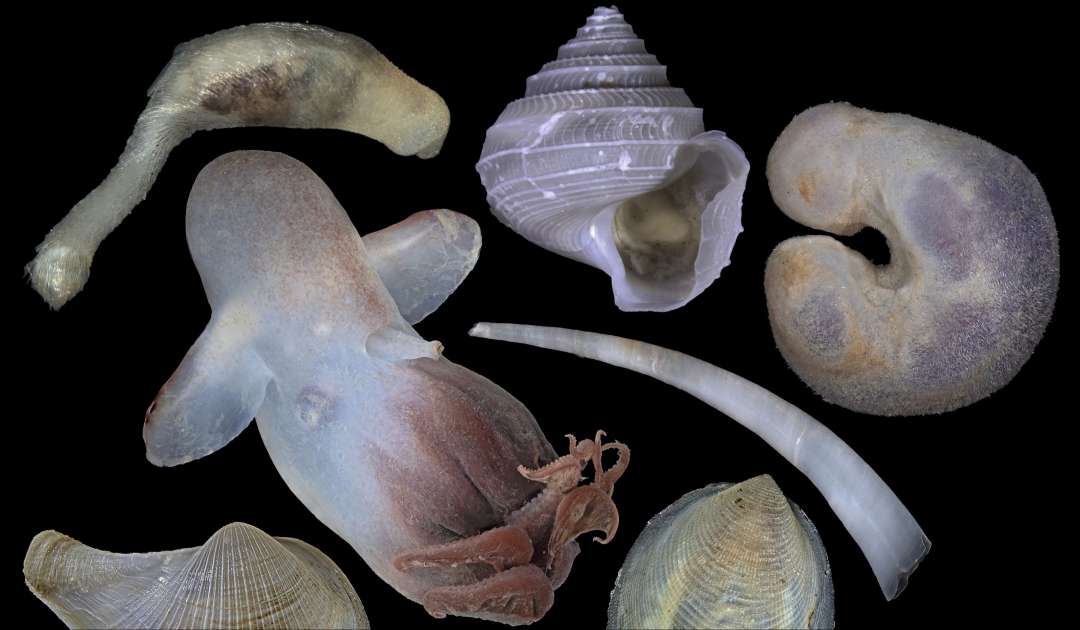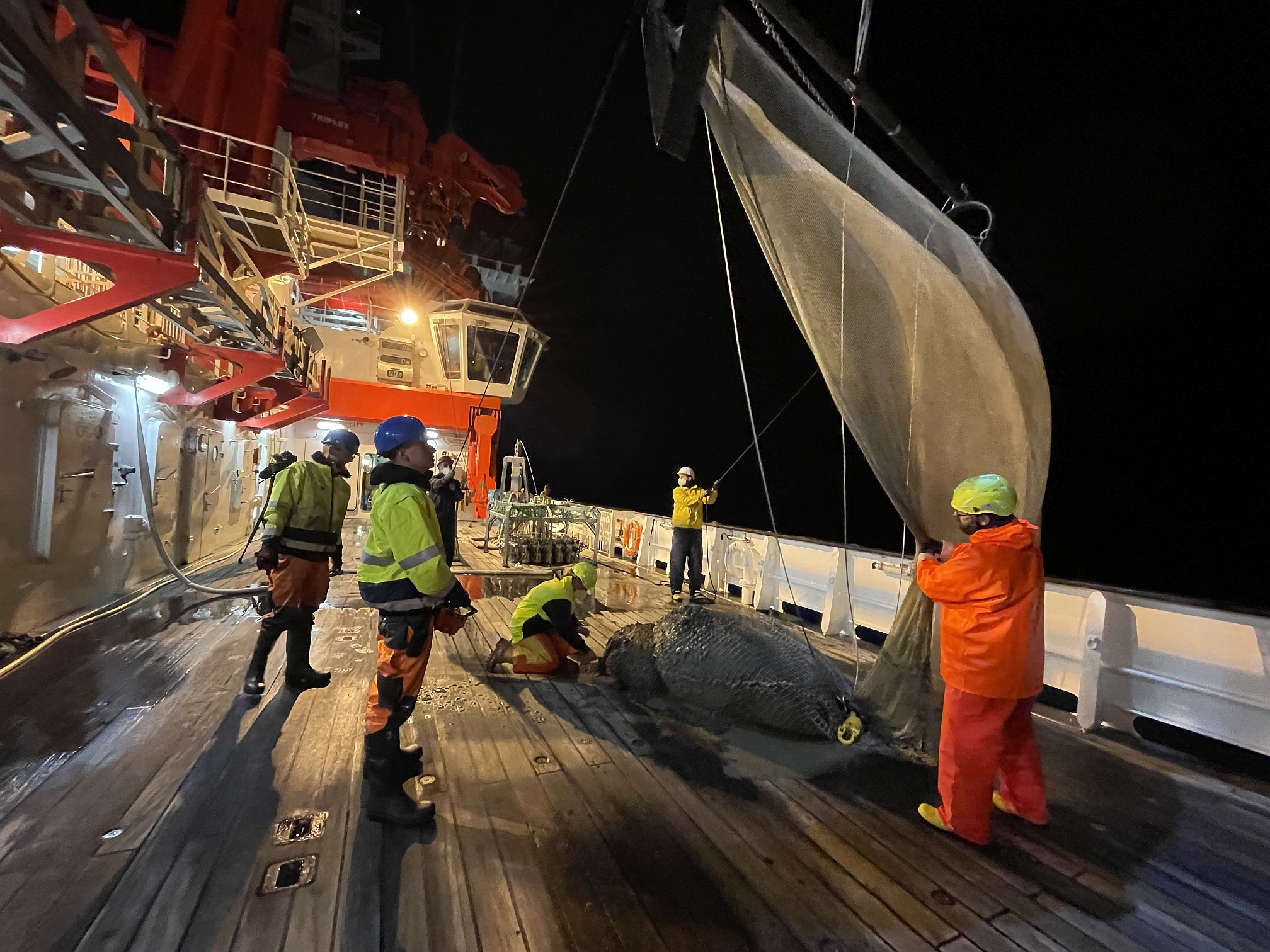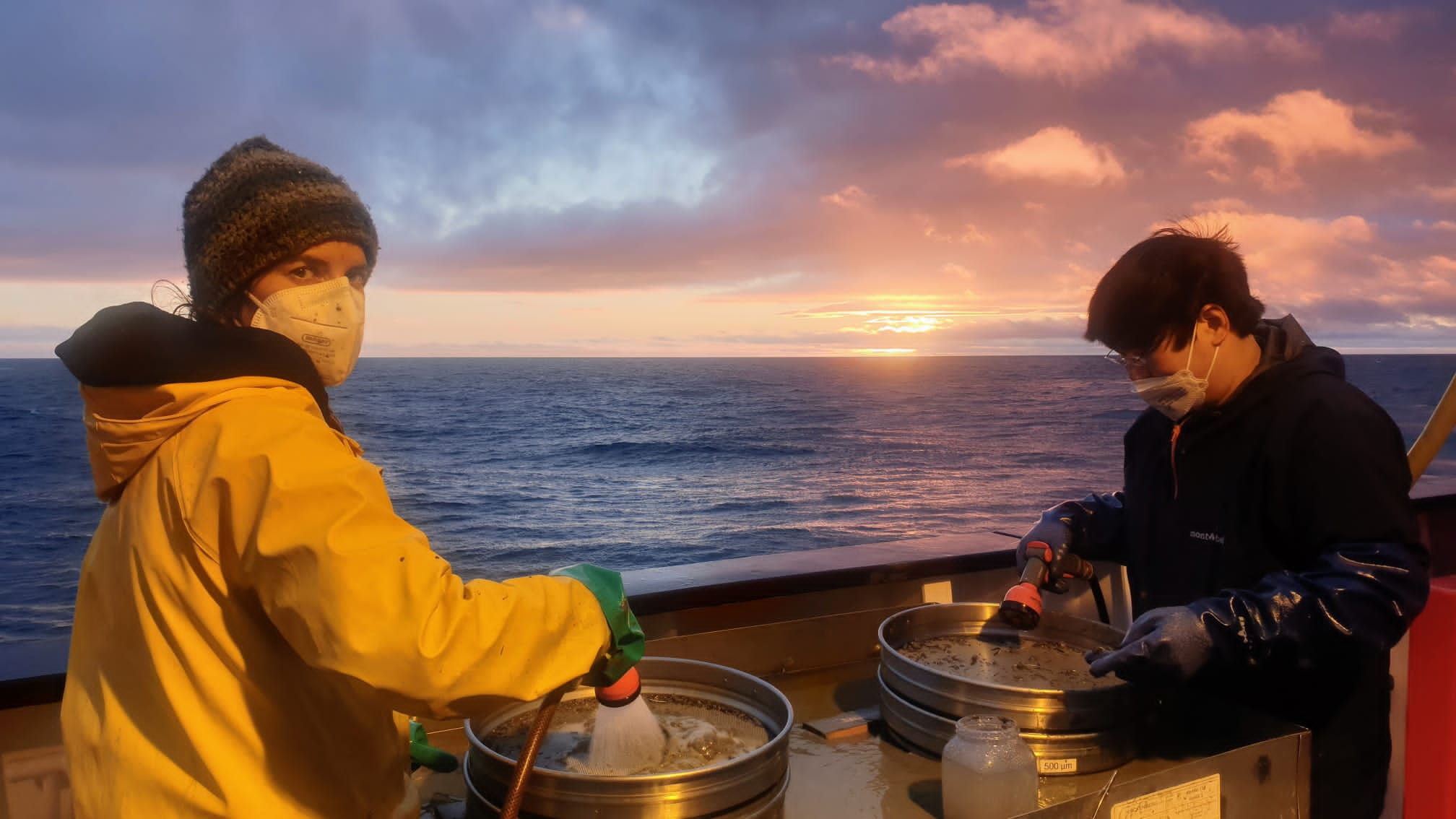Seeking clues to the way of life in the abyss
CQ CQ CQ … this is Chong Chen, calling from R/V SONNE Delta Bravo Bravo Echo at the brink of a hadal realm we call the Aleutian Trench. I’m a Senior Scientist at Japan Agency for Marine-Earth Science and Technology (JAMSTEC), a Japanese national research institute. Here, I am on-board the ‘AleutBio’ expedition to learn about inhabitants of the abyss and their ways of life – especially a group of animals known as molluscs, soft-bodied critters that includes familiar faces like snails, clams, octopuses, and chitons.
Molluscs are one of the most diverse major animal groups and you can find them almost anywhere you look, from your backyard to rainforests to underground caves to coral reefs to, of course, the deepest parts of the ocean. You bet they have a wide array of adaptive ‘novelties’ that enable that – and many more to be uncovered. The hadal depth qualifies as an ‘extreme’ habitat that likely require special characteristics to inhabit, and I am interested in the diversity of species living there and how each species has evolved to adapt to this environment.
On our current expedition we mainly use two towed collecting gears, the Agassiz Trawl and the Epibenthic Sledge, to collect molluscs and other animals. These are sent to the seabed from the ship using kilometres of wire, trawled on the bottom, then reeled back in. Previously, I have mostly participated in expeditions that explore the seabed using submersibles which have real-time communication (either video data transmitted via cable or by underwater radio!) with the ship, so you know exactly what is coming up. Using towed sampling gear is quite different, as you have little way of knowing the ‘catch’ before seeing it on deck, which is both unnerving and thrilling at the same time.
That being said, we do have the capacity to take a sneak peek into the ‘daily lives’ of abyssal creatures using a deep-water camera system known as the Ocean Floor Observation System (OFOS). The OFOS is equipped with a full-HD video camera and also a ultra-high resolution still camera, which allows us to see even small animals just a few centimetres in size, and even their behaviour. Some of the animals we saw have never been seen alive before (Fig. 4)!
We are now nearing the end of our scientific stations, and collecting has been successful – we have just reached 1,000 lots of mollusc samples! These have been fixed and preserved in a variety of ways for different analyses back in the laboratory. I look forward to learning more about their ‘secret lives’ in the deep, to be unveiled using the specimens and data collected during the expedition.
And now it’s the time for another gear deployment!
Until the next communication… QRT.



